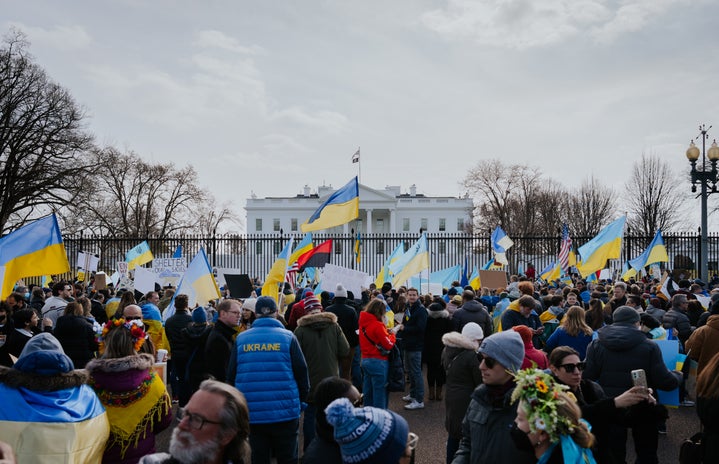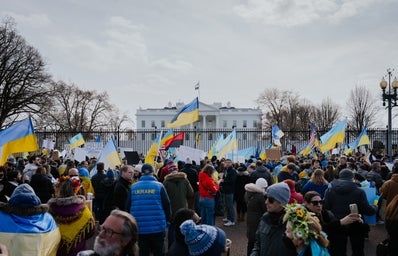Why would I choose to write an article on Ukraine and Russia’s conflict? Not only is it important for us to understand global issues, but it’s important to know the effects of such events that could last throughout our lifetime. Ukraine and Russia’s conflict may have seemingly halted in 2014, but we can conclude that because of recent events, the fight is far from being over.
The conflict between Ukraine and Russia boils down to Ukraine’s centuries-long history of Russian domination. As a Texas-sized country wedged between Russia and Europe, Ukraine has a weak foreign policy that wavers between pro-European and pro-Russian. In November 2013, conflict heightened after Ukraine’s president, Viktor Yanukovych, rejected signing an agreement for greater integration with the European Union. Ukraine’s citizens began to protest against unwanted political construction, and those in favor of the European Union alliance have been vocal against Russia’s migration into Ukraine since. With Russia’s annexation of Ukraine’s Crimean Peninsula in March 2014, tensions were heightened but seemed steady until Russia’s recent invasion of Ukraine.
I believe the tension is based on Ukraine’s uncertain future. In January 2021, Ukraine was preparing to formally apply for European Union membership in 2024 in order to join in the 2030s. Ukraine’s shift away from the Russian Federation would lessen Russia’s influence within Europe and on a global scale. If Russia controlled Ukraine, this would not only create a new structure within Europe but would also result in major repercussions affecting the global economy. Michael Kofman, the United States’ lead Russian military analyst, stated that Ukraine, “whose fate hangs in the balance, may be at the center of the crisis, but Moscow has a greater goal in mind: the revision of Europe’s security order.”
Over the last several weeks, Europe and the United States have moved military resources eastward to deter Russia’s president, Vladimir Putin, from directing further aggression into bordering countries allied with NATO. It remains unclear how far Russia is willing to go in Ukraine, but with the possibility of the United States and Russia going to war as nations commanding the world’s largest nuclear arsenals, conflict would be deadly.
Russia is a major producer of oil and natural gas and the world’s largest wheat exporter. For the United States, the price of raw materials and finished goods would exponentially increase, even with already high inflation rates. Although the United States imports relatively little Russian oil, with Russia producing 10% of global demand, a price increase in one part of the world will increase prices everywhere. Russia’s invasion could also result in global economic slowdowns and supply chain shortages. If countries decide to impose sanctions on Russia, global supplies would be limited and cause further price inflation for an uncertain amount of time.
Through all of this conflict, we as individuals are unable to confidently say what will happen in the future. With our educated predictions, we can state what may or may not happen as a result of the invasion, but we are still stuck with unanswered questions. Would President Putin have moved differently with Ukraine if the United States’ president, Joe Biden, had assured he would deploy American troops? Should President Biden have stayed ambiguous about what he would do to possibly deter President Putin? Will the United States’ stance on not deploying troops to battle Russian forces in Ukraine be used against us in the future by countries like China? Uncertainty: This is what we are left with as we wait on our toes to see what move is made next.


